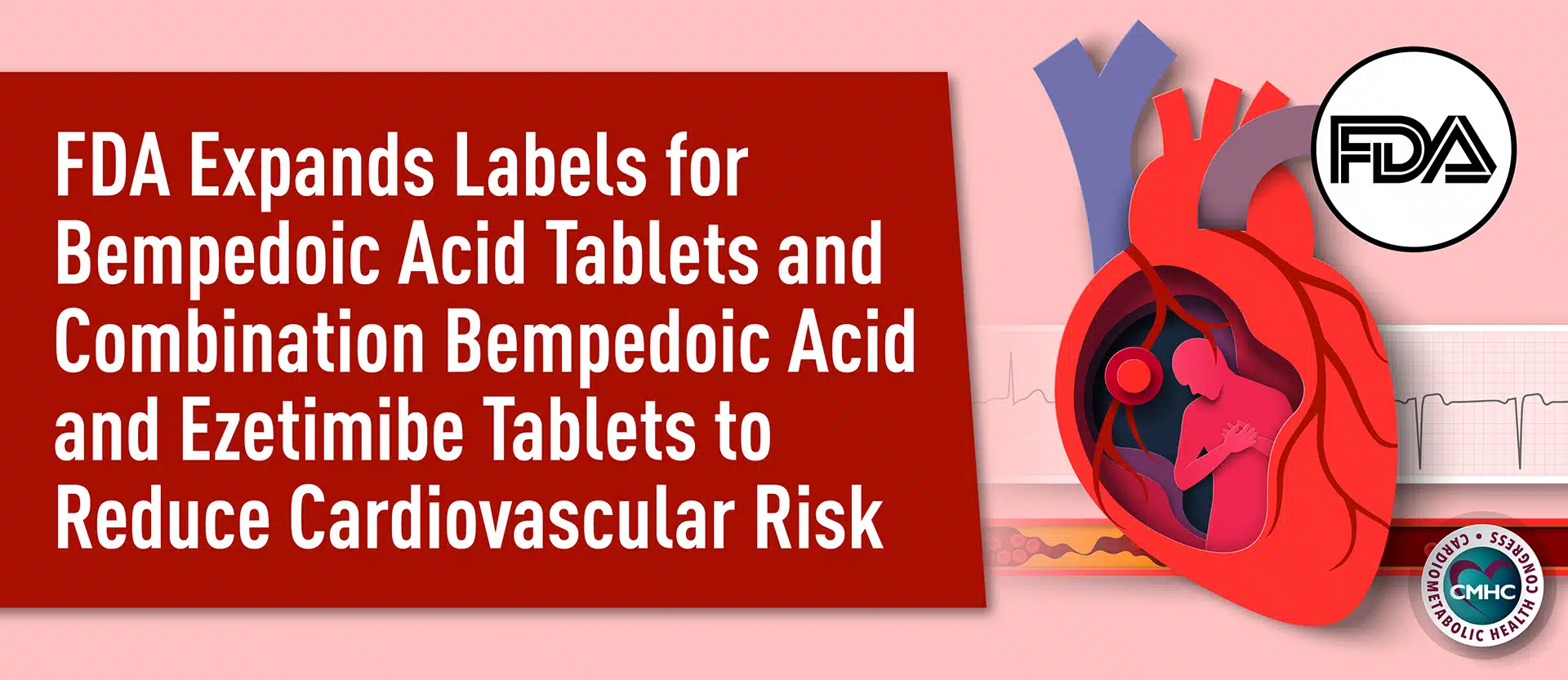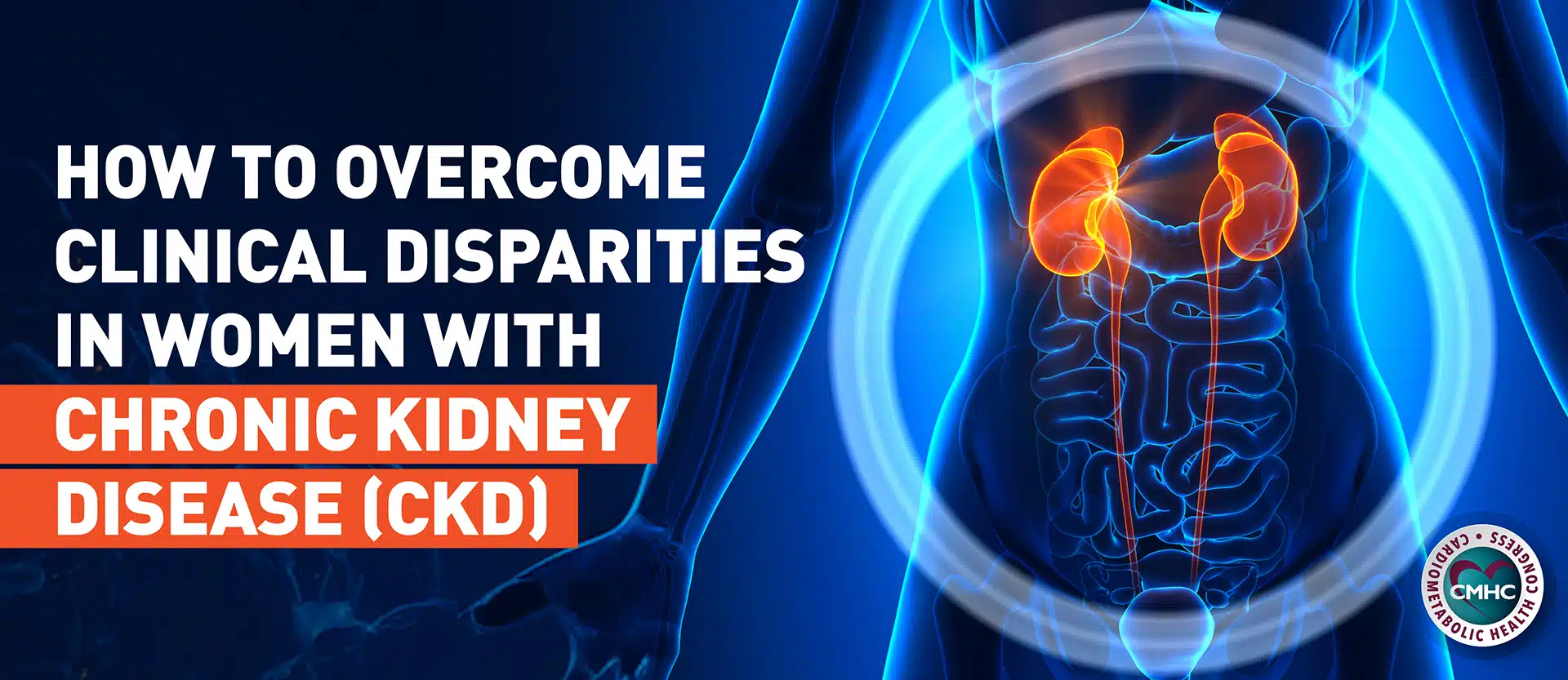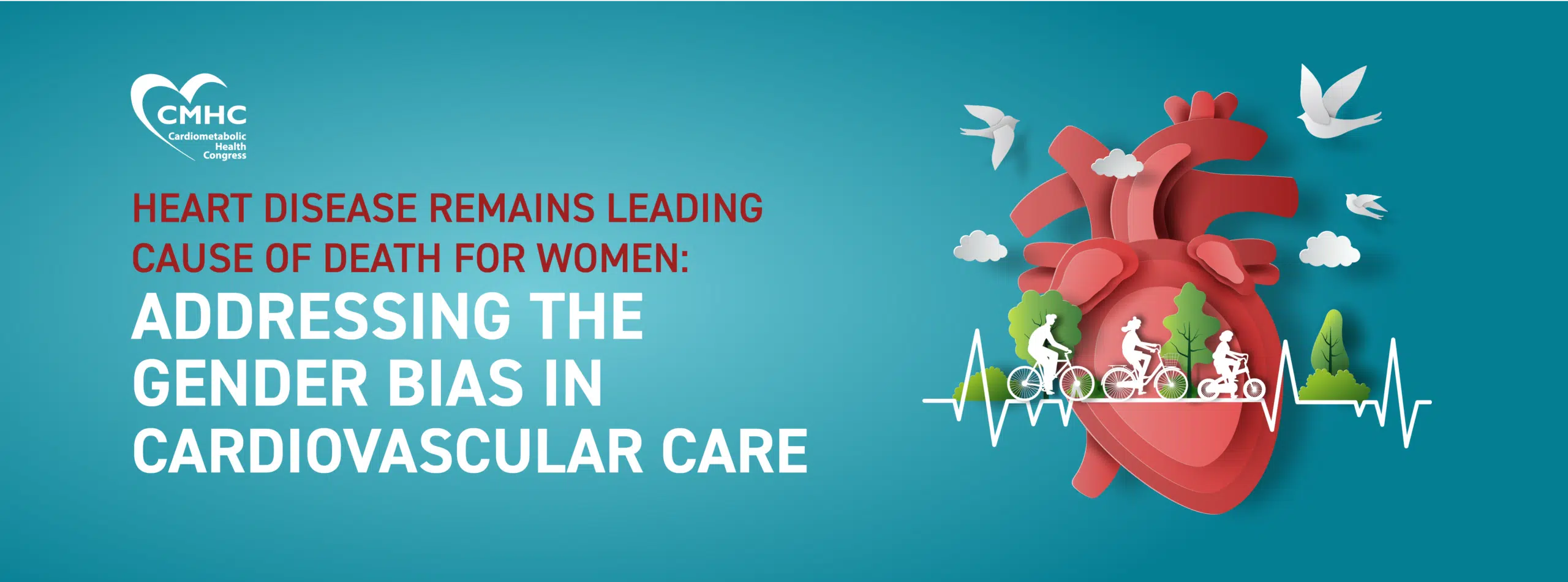By Dr. Keith C. Ferdinand
From the repeated, devastating wildfires in the West to the terrible storms and flooding in the South and East, patients with cardiometabolic conditions are besieged with life threatening situations beyond the immediate death and disability related to the natural/unnatural disasters themselves
Unfortunately, as a native of New Orleans, LA, I have real life experiences of how the increasing burdens of climate change can harm patients, especially older persons, and those with multiple cardiometabolic conditions. For instance, in Louisiana after Ida, multiple nursing home patients have died in September 2021, after the hurricane has been gone for days (as seen post Katrina), crushed by substandard living environments after evacuation.
There are a few steps, health practitioners should undertake for all patients, especially the vulnerable patients with hypertension, heart failure, chronic kidney disease, diabetes, atrial fibrillation, and atherosclerotic cardiovascular disease. The same patients, commonly seen for cardiometabolic conditions, are often members of racial/ethnic minority populations, disadvantaged individuals and older person. These persons are harmed the greatest, not only by the immediate of disasters, but also by the subsequent living crises.
- Educate patients about the names (both generic/proprietary) and indications of their medications. Inadequate health literacy is common, and seen commonly in various racial/ethnic populations, older persons and people with English as a second language.
- Educate based on evidence-based literature: our usual patient encounters should be teaching sessions, culturally appropriate, and linguistically concordant.
- Utilize effective literacy -level appropriate communications. Pictures, handouts from the doctor or advanced practice nurse, leave impressions beyond a simple referral to a website link.
- Have patients teach back their understanding of medications, avoiding medical jargon and offer a printed list, so if they displaced by a disaster, they could articulate and present this information to a shelter or new source of care, avoiding the inadequate recitation of being on a “white pill, blue pill, triangle shaped” etc.
- Routinely use three months prescriptions for chronic cardiometabolic therapeutics and have patients routinely seek refills at least a week before the drugs are completely used.
- Assist with refills to locations outside their state, and call in with prescription information if requested, as many large chains can easily confirm the medication as originally prescribed in their home location.
- Recommend a small bag, optimally with insulation via a cooling gel lining to transfer with the patients escaping a crisis.
- Offer your professional contacts and email, even for patients with limited IT literacy, since others may need to contact you for information or details on prior care.
- Be a resource, a partner using shared decision-making for all medications so patients can seek care post-disaster with so degree of comfort that they have essential knowledge of what is needed to obtain optimal post-crisis outcomes
- Always seek to reach out to the patients’ support system, before disasters, and with patient approval, keep significant others involved in the chronic care plan, since they will be much needed sources of assistance


















